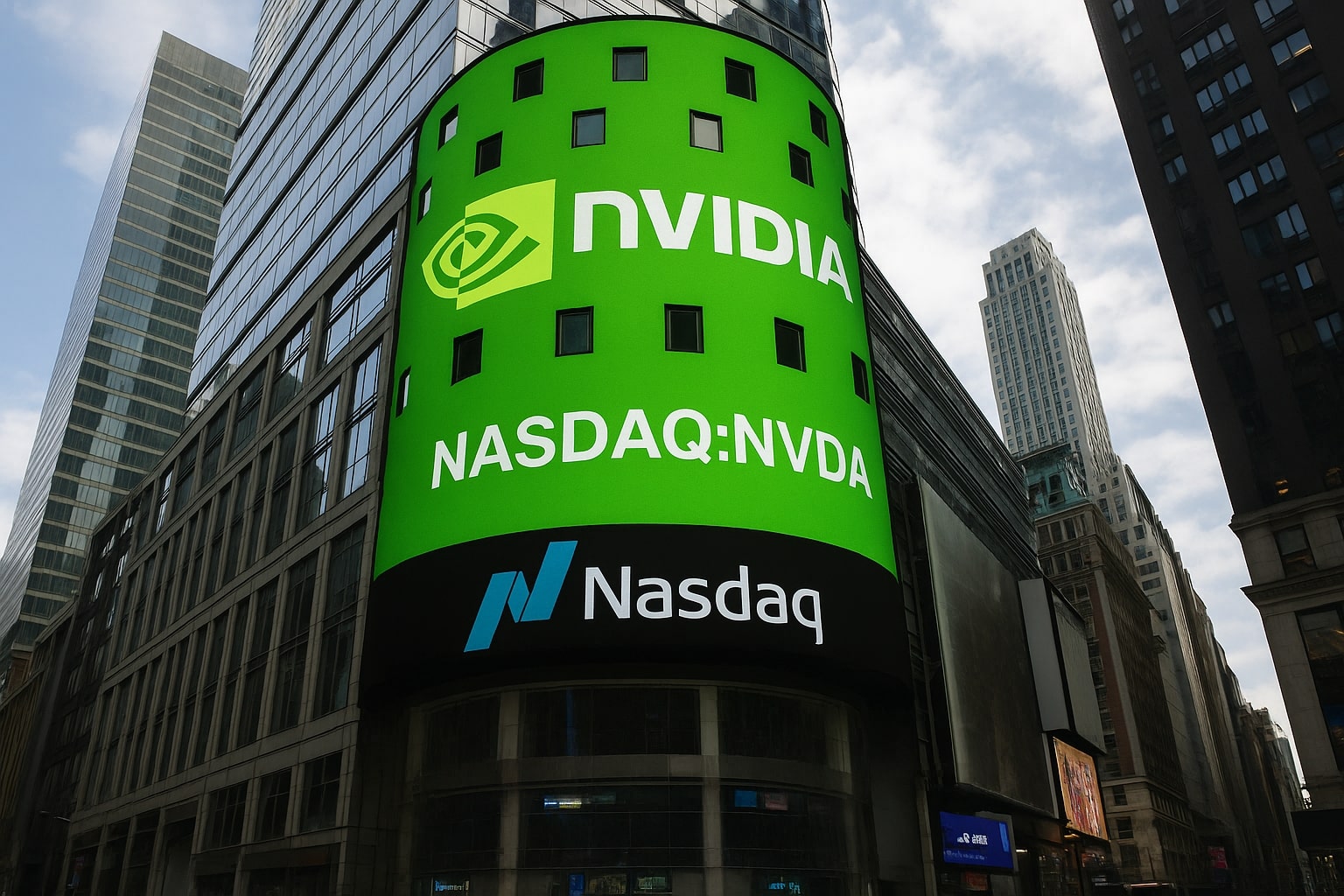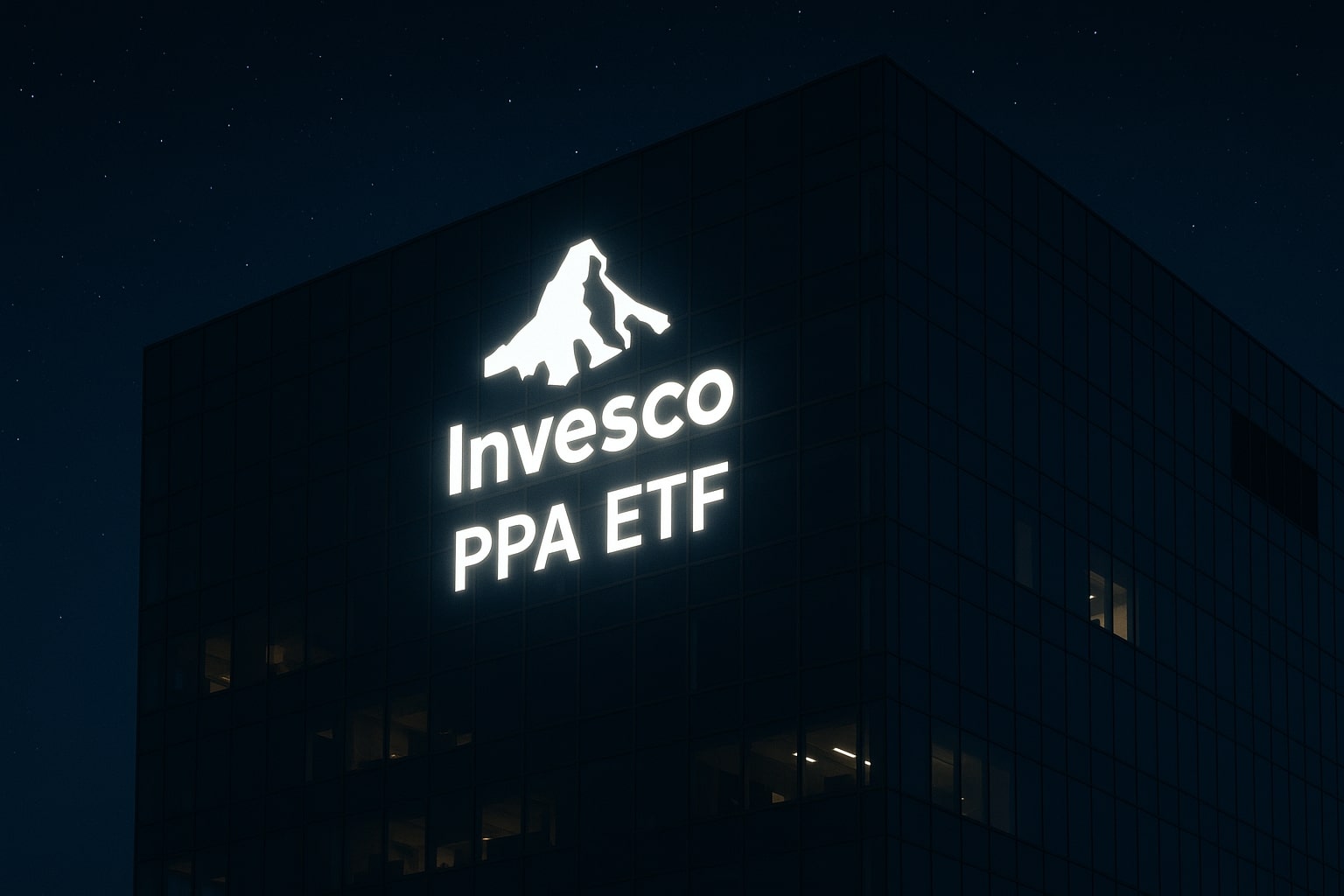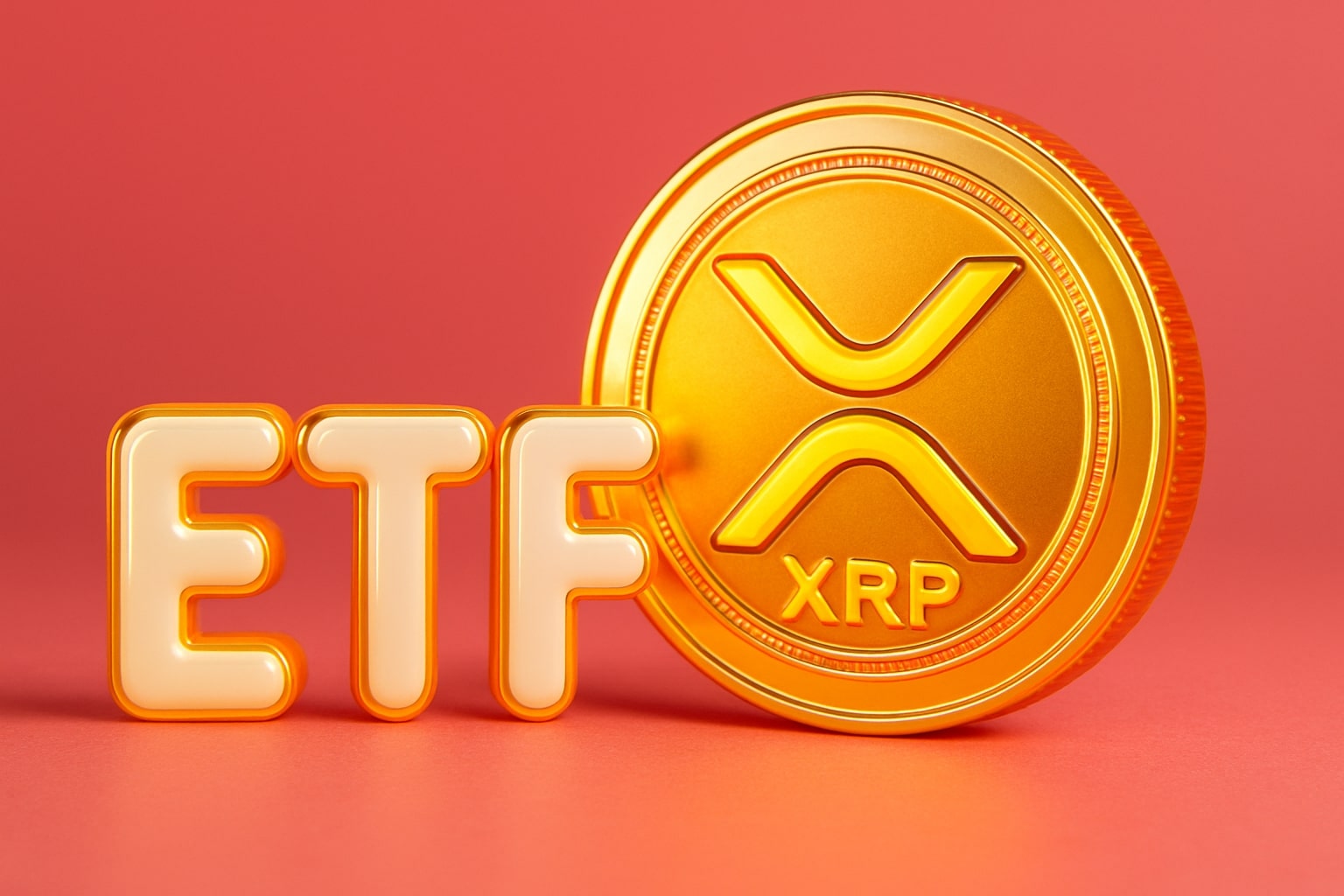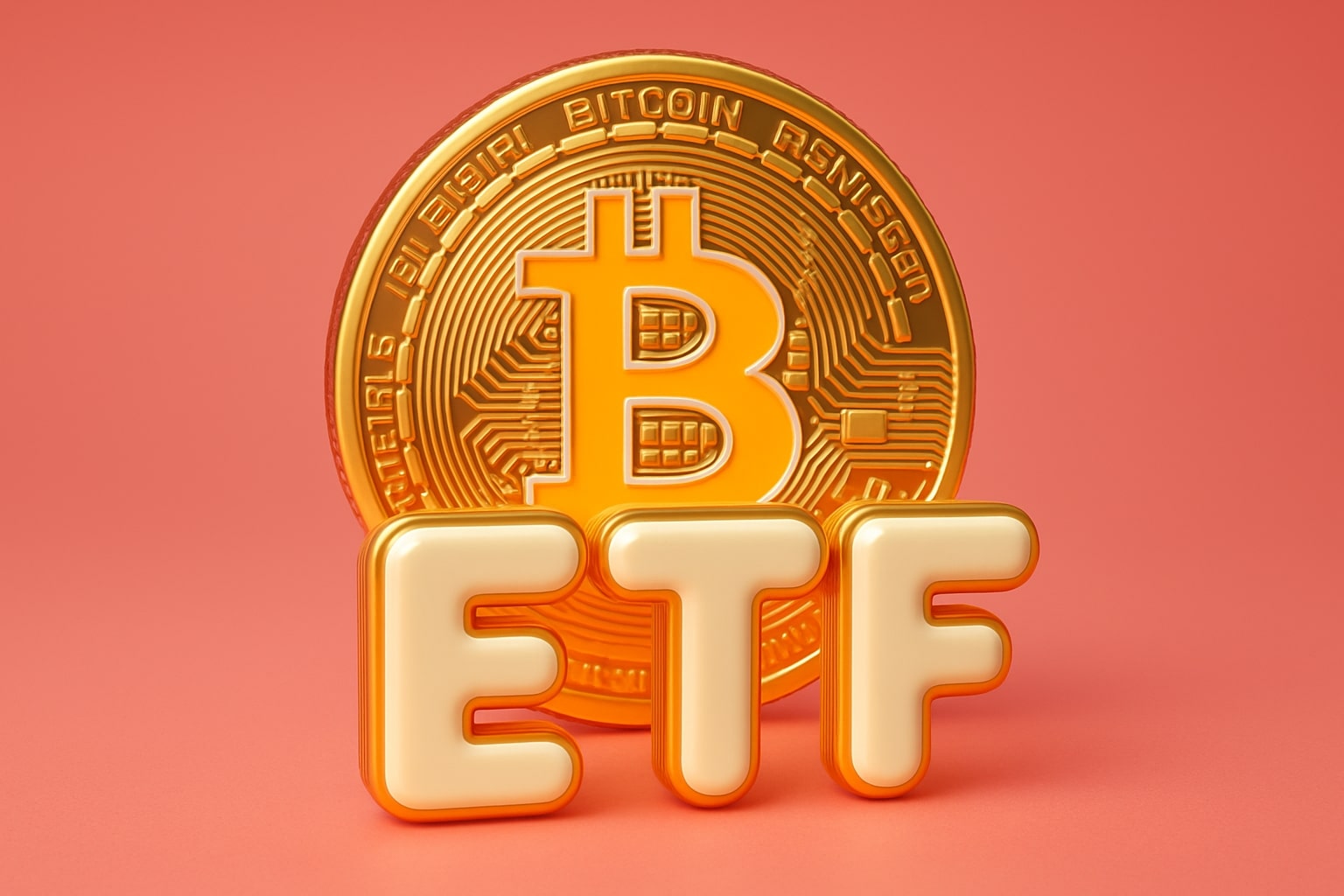
Nvidia Stock Forecast: NASDAQ:NVDA Falls to $177 Despite $46.7B Q2 Revenue Beat
Data center sales hit $41.1B, Blackwell Ultra cements AI lead, and $60B buyback signals confidence as Q3 guidance points to $54B revenue | That's TradingNEWS
NASDAQ:NVDA Stock Analysis: Nvidia Extends AI Lead Amid $60B Buyback and Explosive Demand
Earnings Momentum and Guidance
Nvidia (NASDAQ:NVDA) reported second-quarter 2026 revenue of $46.7 billion, a 56% year-on-year increase that beat consensus by $610 million. Net income surged to $22.1 billion with margins holding above 50%, reflecting Nvidia’s unrivaled pricing power in AI computing. Data center revenue came in at $41.1 billion, slightly below expectations due to the absence of China H20 sales, but still representing nearly 90% of total company revenue. Guidance for Q3 2026 was set at $54 billion, pointing to another 54% year-over-year jump. The stock slipped post-earnings, falling to $177 in after-hours from $181.60, but that pullback belies the scale of Nvidia’s momentum in AI infrastructure.
Hyperscaler CapEx and AI Cloud Buildout
The engine behind NASDAQ:NVDA growth remains hyperscaler spending. Alphabet announced it will lift 2025 CapEx to $85 billion, nearly $30 billion above last year’s record. Amazon disclosed more than $100 billion in CapEx, exceeding its $83 billion spend from the prior year. CoreWeave, the AI-native cloud player, is committing $20–23 billion, almost tripling its infrastructure budget. Microsoft’s CapEx normalized but remains at peak levels, while outsourcing to CoreWeave and Oracle ensures demand for Nvidia GPUs remains strong. The narrative is clear: AI cloud capacity is being scaled at unprecedented speed, with hyperscalers absorbing the capital intensity to secure market share.
Large Language Model Providers Fueling Demand
Beyond cloud giants, LLM developers like OpenAI, Anthropic, and Google’s Gemini are locked in an arms race to release ever larger models. Training ChatGPT 5 on 1 million GPUs is already being discussed, underscoring why Nvidia’s supply remains structurally constrained. LLM labs cannot afford to fall behind — training that could take a decade on smaller clusters is compressed into months with Nvidia’s cutting-edge GPUs. This relentless cycle drives continued investment into compute, ensuring Nvidia sits at the center of generative AI adoption.
Blackwell Ultra Cementing Product Dominance
Nvidia’s product roadmap keeps competitors at bay. The launch of Blackwell Ultra GPUs delivered 15 PFLOPS in dense low precision compute, a 1.5x leap over Blackwell and more than 7x Hopper. Memory capacity surged to 288 GB, compared to 192 GB on Blackwell and just 80 GB on Hopper H100, a 3.6x expansion. This step change is critical as AI transitions from experimentation to production-scale “AI factories.” Compatibility with Nvidia’s CUDA environment preserves its software moat, ensuring customer lock-in even as AMD, Intel, and in-house hyperscaler ASICs attempt to challenge its dominance. Production is already in full scale with key hyperscalers integrating Blackwell Ultra into their clusters.
Financial Strength and Valuation Metrics
The company now carries a market capitalization of $4.43 trillion, trading at 40x forward earnings with trailing twelve-month revenue of $148.5 billion. Net income reached $76.8 billion, with a 51.7% margin and operating cash flow of $76.1 billion. Levered free cash flow stood at $55.4 billion despite heavy reinvestment. The forward P/E multiple compresses to 30x by 2027 on expected EPS of $6, supported by consensus revenue of $261 billion. Price-to-sales remains steep at 30x, but Nvidia’s sustained top-line growth of more than 50% year-over-year justifies the premium. Compared to sector medians, Nvidia’s 49% operating margin versus 15% for peers underscores its extraordinary financial leverage.
Buyback and Capital Allocation Strategy
Management authorized a $60 billion buyback program, reinforcing confidence in long-term demand and providing downside support. Dividend yield remains minimal at 0.02%, with a token payout of $0.04 per share, as capital is overwhelmingly allocated to growth and shareholder returns via repurchases. Insider ownership stands at 4.3%, with institutions controlling nearly 69% of the float. Details on insider trades can be reviewed here. With 205 million shares currently sold short, equal to less than 1% of the float, bearish bets remain small relative to Nvidia’s scale.
AI Cloud Profitability Secures Nvidia’s Role
The profitability of hyperscale cloud divisions ensures continued GPU demand. AWS reported Q2 revenue of $30.9 billion with a 33% margin, Microsoft Intelligent Cloud at $29.9 billion with 40.5% margin, and Google Cloud at $13.6 billion with 20.7% margin. These margins remain intact even while depreciating Nvidia GPUs over a four-year cycle, reinforcing the return on AI investment. With backlogs like CoreWeave’s $30 billion queue for GPU compute, demand remains greater than supply.
Risks and Competitive Pressures
Risks center on export restrictions to China, where Nvidia has already lost sales of its H20 product line. Competition from AMD’s MI300 series and in-house chips at hyperscalers could cap long-term pricing power. Tariffs and political risks also loom large, especially as Trump’s administration takes a harder line on semiconductor supply chains. Still, Nvidia’s ability to outpace regulatory challenges and leverage U.S. policy influence has mitigated past risks.
Investment Outlook on NASDAQ:NVDA
At $181.60, just shy of its 52-week high of $184.48, Nvidia trades at elevated valuations yet remains supported by fundamentals that few companies in history have matched. A $60 billion buyback, hyperscaler CapEx acceleration, Blackwell Ultra’s rollout, and unprecedented AI demand collectively make NASDAQ:NVDA a Buy despite volatility. The stock’s premium valuation is justified by 50%+ revenue growth, a 51% net margin, and EPS expansion toward $6 by 2027. Near-term dips, such as the post-earnings pullback to $177, are more likely entry points than warning signals, as Nvidia’s market dominance shows no signs of waning.
That's TradingNEWS
Read More
-
PPA ETF at $154: Can This Defense ETF Keep Beating ITA and SPY?
14.12.2025 · TradingNEWS ArchiveStocks
-
XRP ETFs XRPI and XRPR Pull In $975M While XRP-USD Fights To Hold $2
14.12.2025 · TradingNEWS ArchiveCrypto
-
Natural Gas Price Forecast: NG=F Hits $4.11 As Warm Winter Outlook Puts $3.913 Support At Risk
14.12.2025 · TradingNEWS ArchiveCommodities
-
USD/JPY Price Forecast - Dollar to Yen Can BoJ’s 0.75% Shock Break The 155–158 Range?
14.12.2025 · TradingNEWS ArchiveForex


















